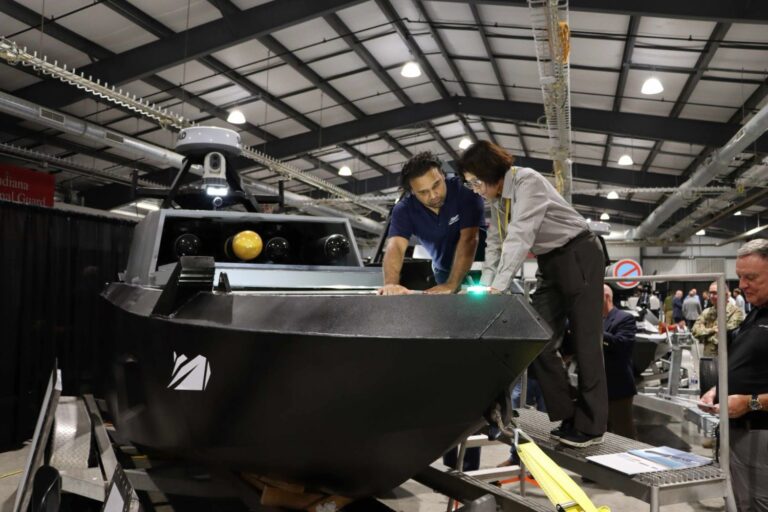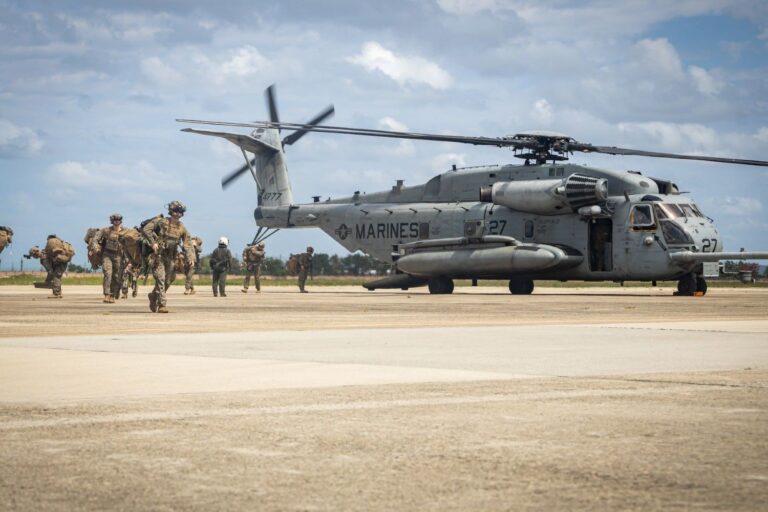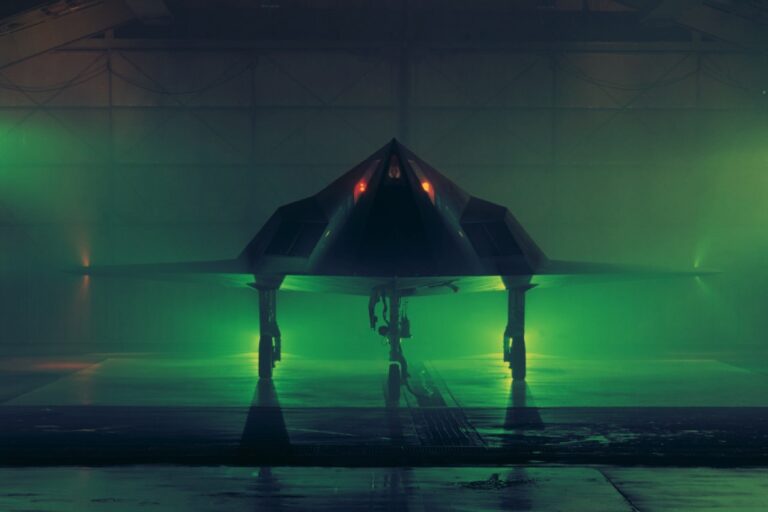Is the Engineering Behind F-35B Worth More Than $100M Investment?
The F-35 Joint Strike Fighter’s total cost is now expected to surpass $2 trillion over its entire lifespan, an increase from the $1.7 trillion previously reported. This rise is attributed to the U.S. military’s plan to extend the jet’s operational life to 2088, inflation, and limited success in cost-control efforts. The sustainment costs alone have ballooned by 44% since 2018, reaching nearly $1.6 trillion, with acquisition costs at about $442 billion.
Despite efforts to cut expenses, like reducing the annual cost per aircraft from $9.4 million in 2014 to $6.2 million in 2022 and decreasing the cost per flying hour, these measures haven’t fundamentally changed the overall cost trend. Most F-35 variants still exceed their initial cost projections.
Since the initial estimate of $38 million per aircraft in 2001, the price has skyrocketed to over $158 million today. In total, the program’s cost since its inception has been estimated at a staggering $1.1 trillion.
So, why does the F-35 program consistently surpass its initial cost estimates and keep demanding more funds, making it the most expensive weapon program in history? To grasp this, it’s crucial to understand the program’s initial purpose.
Why is the F-35s so Pricey?
The origins of the F-35 date back to 1993 when the Clinton administration initiated a comprehensive review of Defense Department policies and programs. During this period, Congress continued to allocate funds at Cold War levels despite America’s earlier victory, prompting a reassessment of military spending and potential cuts.
The review revealed significant waste and unnecessary expenses in aircraft acquisitions, which could be mitigated by having all military branches collaborate on developing a unified aircraft rather than pursuing their own individual designs.
This led to the establishment of the Joint Strike Fighter program in 1995, aimed at addressing these issues and creating an aircraft to replace all combat aircraft in the US arsenal.
Three different defense manufacturing teams competed for the contract to develop the prototype. The design from a joint team of Boeing and Lockheed Martin, known as the X-35, emerged victorious and was subsequently renamed the F-35.
In 2001, the program advanced to its initial testing phase. However, engineers immediately recognized potential issues. Despite the fighter being intended as a common aircraft for the Air Force, Navy, and Marines, only about 70-90% of the parts and systems were shared among them.
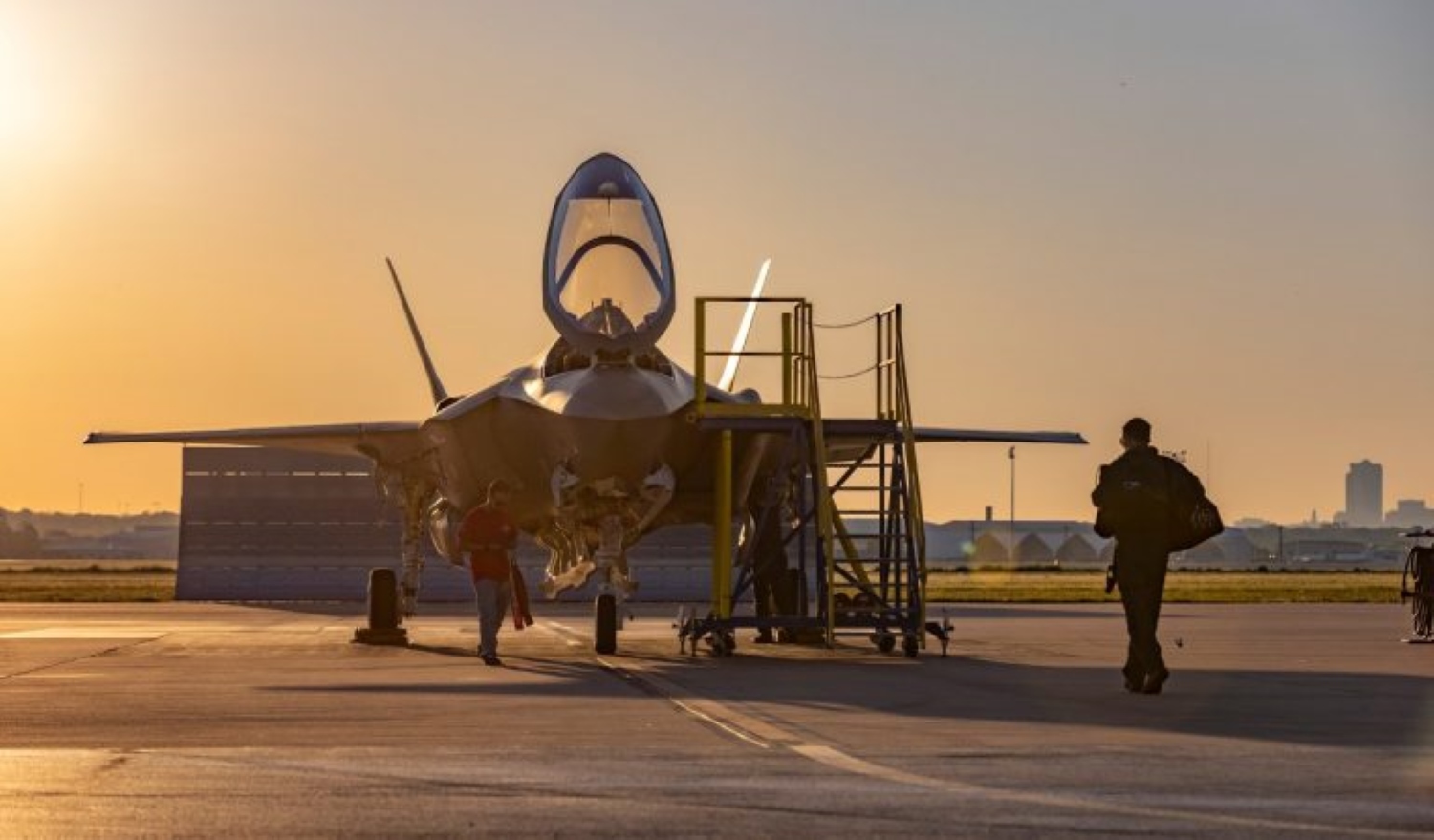
This divergence in parts and systems arose because each service focused on its unique requirements. The F-35A, the Air Force variant, is intended to replace the F-16 and A-10 Warthog attack aircraft in its inventory.
The F-16 serves as the Air Force’s primary attack fighter, while the A-10, known for its tank-busting capabilities, gained fame during the First Gulf War and the 2003 invasion of Iraq. The F-35A is optimized for ground attack and long runway takeoffs. Although it is less stealthy and less capable in air-to-air combat than the F-22, the F-35 is designed to operate in conjunction with the F-22, forming a formidable team. Consequently, the F-35A variant is the most cost-effective, priced at $78 million.
The Navy’s variant, the F-35C, is designed for catapult launches from aircraft carriers. This version is the stealthiest of the three, reflecting the operational need for aircraft carriers to operate far from friendly forces.
The enhanced stealth capability of the F-35C is particularly useful for conducting strike missions deep behind enemy lines, where the element of surprise is crucial due to the lack of available backup. This emphasis on stealth technology contributes to the Navy version’s cost of $94 million.
The Marine Corps’ version, the F-35B, is the most expensive, priced at $101 million, primarily due to its VSTOL (Vertical and/or Short Take-Off and Landing) capability. This feature allows the aircraft to take off and land vertically from the short decks of amphibious ships that cannot support full-length runways.
Additionally, the F-35B is equipped with advanced electronic warfare suites, providing superior protection against enemy jamming efforts, which is critical for Marines operating independently in hostile areas.
Despite the distinct mission-specific designs of the different F-35 variants, they all share a fundamental reliance on the development of cutting-edge technology. While some of the systems and technologies used in these aircraft have been established for years, many others are so advanced that they resemble concepts from a science fiction novel.
And today, we will dive in the engineering behind the F-35B.
Is the Capabilities Worth the Money?
Many people think that we have wasted a ton of money in building such useless aircrafts, but after seeing the engineering behind the fighter jet, you may change your mind.
The Stealth Design – Delay Enemy Detection
Stealth technology is often misunderstood. Its purpose is not to render an aircraft invisible but to delay its detection by the enemy. In bomber aircraft, stealth reduces the effective range of enemy radar systems, potentially creating openings in radar coverage that allow the aircraft to pass unnoticed.
For fighter aircraft, stealth is crucial for detecting adversaries before being detected. This advantage is achieved by making it difficult for radar systems to differentiate the aircraft’s signal from background noise, which involves minimizing the strength of the return signal.
Radar waves can be reflected through several mechanisms, the most significant being specular return, similar to a mirror’s reflection, where the angle of reflection equals the angle of incidence. To avoid radar detection, large flat surfaces that could reflect waves back to the radar receiver should be minimized.
Corner reflectors, such as those formed by the vertical and horizontal stabilizers (tailplanes) set at 90 degrees, must be avoided as they can bounce radar waves back directly. While removing the tail like on the B-2 enhances stealth, it reduces maneuverability. A compromise is a V-tail, as seen on the F-117 Nighthawk, which can act as both rudder and elevator, providing yaw and pitch control respectively.
For superior control authority, fighter jets like the F-35 and F-22 maintain separate large elevators angled to prevent corner reflections. Engine air intakes on the upper surface, like those on the F-117 and B-2, avoid radar detection and reduce infrared signatures but aren’t ideal for high-performance maneuvers.
Twin intakes on the sides of the fuselage, as on the F-35, prevent radar return and include aerodynamic features to handle the boundary layer of slow-moving air, improving engine performance and reducing radar cross-section and drag. This design, tested on the F-16, led to the F-35’s diverterless supersonic inlet, reducing weight and costs.
Sharp edges are detrimental to stealth as they scatter radar waves. Techniques like edge serration, visible on the B-2 and F-35’s access hatches, reduce the return signal. These hatches, which hide various components like landing gear and weapons bays, are treated with radar-scattering tape to reduce edge scattering.
The tape’s conductivity gradient helps disperse radar waves over a distance, minimizing return signals. The F-35’s surface also uses radar-absorbing materials, including a carbon nanotube-infused composite, effective against a broad range of frequencies from 0.1 megahertz to 60 gigahertz.
The F-35’s design further disrupts radar waves by using sharp edges on cylindrical parts, like the nose cone, to prevent waves from traveling around the surface and returning to the receiver. This comprehensive approach to stealth, incorporating advanced materials and strategic design features, enhances the aircraft’s ability to evade detection while maintaining performance.
Short Takeoff/Vertical Landing Capability
The F-35B is capable of both short take-offs and vertical landings (STOVL). This capability is achieved through several advanced mechanisms and design features.
For short take-offs, the F-35B uses a combination of the lift fan and the directional thrust of the rear nozzle. The lift fan, which is hidden beneath a non-serrated hatch, generates 85 kN of vertical thrust. This fan acts like a tiny helicopter, creating a low-pressure zone above the plane and drawing air in at a 90-degree angle. The rear nozzle, equipped with a three-bearing swivel mechanism, adjusts its angle to split the engine’s power between thrust and lift. During a short take-off, the central piece of the nozzle can rotate to a 45-degree angle, allowing the plane to take off from extremely short runways or small amphibious assault ships.
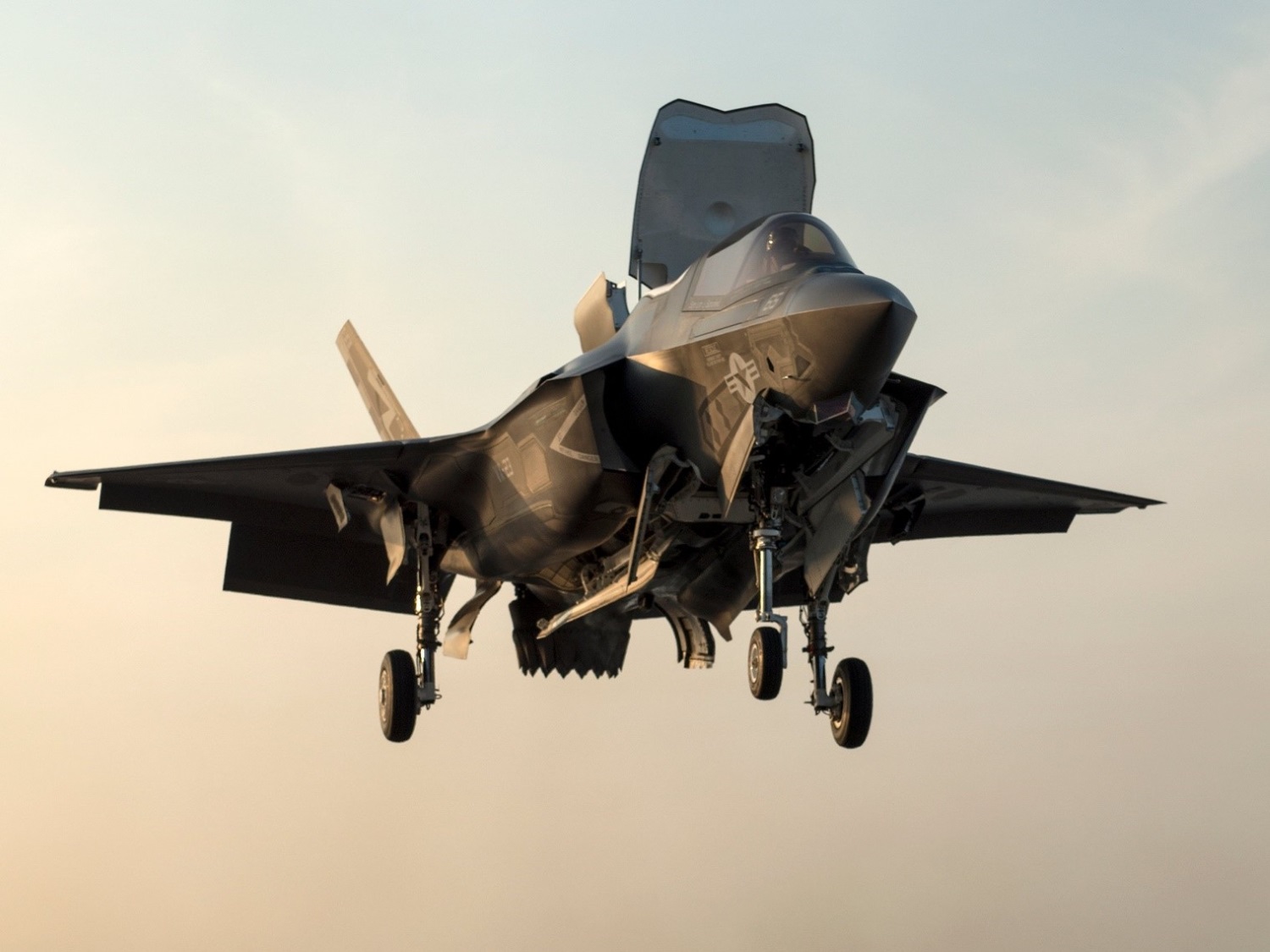
For vertical landings, the same rear nozzle can rotate to provide a full 90-degree turn, directing thrust downwards. The first nozzle segment can also rotate to move the nozzle side to side, ensuring stable thrust and preventing the plane from spinning out of control. Additionally, bleed air from the main engine bypass is directed to roll nozzles on each wing, providing additional control by adjusting thrust far from the plane’s center of pressure.
These advanced control mechanisms, along with computer-assisted management, make the F-35B remarkably stable compared to its predecessor, the AV-8B Harrier. The powerful F-135 engine, derived from the F-22 Raptor’s F-119 engine, supports these functions by generating 191 kN of thrust. The lift fan’s design, with counter-rotating titanium blisks and hollow first-stage blades, is lightweight and efficient, ensuring the F-35B can perform these complex maneuvers effectively.
Pilots Helmet – Modern Suite Of Sensors and Computers
The F-35B excels with its modern suite of sensors and computers, all integrated into the pilot’s helmet’s heads-up display (HUD). Unlike traditional HUDs, this helmet display provides situational awareness, even offering x-ray and night vision.
A suite of sensors around the plane feeds information into a central computer, which is then projected inside the helmet. These sensors are housed in sapphire windows, which are both hard, durable, and transparent to a wide range of electromagnetic wavelengths
The radar system inside the F-35’s nose is a key component. It features an active phased array antenna with 1,600 individual antennas, allowing it to track multiple targets simultaneously without moving parts. This radar can steer its radar beams using constructive and destructive interference, enhancing its tracking capabilities.

The phased array antenna also serves as the plane’s communication system. The F-35 employs the MADL data link system, enabling secure and fast data transfer between aircraft and ground systems. This networked capability allows F-35s to share information quickly and securely, giving pilots unparalleled situational awareness through their helmet displays.
The F-35B’s true strength lies in its combination of advanced networking, stealth capabilities, and versatile take-off and landing options. It can take off from small ships and hover like a helicopter, making it one of the most advanced pieces of military technology.
The Problems Face the Jet Fighter
The F-35, though innovative and ambitious, has fallen short of most of its testing and operational timelines. As a result of constant delays and new design flaws, the program gets further and further away from being operationally capable. Now, the troubled F-35 Lightning II family of fighter jets is struggling to stay in the air.
The F-35 Isn’t Keeping up With Combat Readiness Goals
A recent analysis indicates that the F-35 program is struggling to meet its combat readiness targets and has fallen short of previous performance levels in 2022. Despite being the Pentagon’s most expensive weapons program, the F-35 faces challenges in achieving availability for actual missions compared to older and less costly aircraft.
According to the Congressional Budget Office (CBO) report, between 2021 and 2022, the availability of the F-35A dropped by 11 percentage points to 54 percent, while the F-35B saw a decrease of seven percentage points to 54 percent as well. Conversely, the availability of the F-35C increased from 53 percent to 58 percent during the same period.
The report also highlights that the F-35 exhibits a lower mission-capable rate compared to older aircraft like the F-22 and F-15. It’s noted that different variants of the F-35 show varying levels of mission readiness. For instance, the F-35A variant, utilized by the U.S. Air Force with conventional take-off and landing capabilities, demonstrates higher readiness rates than the short take-off-capable F-35Bs used by the Marines and the Navy’s F-35Cs.
While the recent CBO study did not pinpoint the exact reasons for the F-35’s poor availability rate, a 2022 Government Accountability Office report attributed the aircraft’s challenges to issues such as a shortage of spare parts and maintenance equipment, as well as inadequate technical data for maintenance crews.
F-35B Crashes and Technical Faults
The F-35, also referred to as the Lighting II, has grappled with a host of technical hurdles, including but not limited to issues pertaining to its stealth coating and concerns arising from excessive engine vibrations.
These challenges have not only led to delays but also significant cost overruns in critical upgrade projects associated with the F-35 program. Consequently, there has been a growing recognition among officials of the urgent need to confront a pivotal issue facing the Joint Strike Fighter initiative: the constrained and outdated testing infrastructure supporting its development. This infrastructure, fraught with limitations, poses a significant risk of impeding or jeopardizing future enhancements and modifications to the F-35 aircraft.
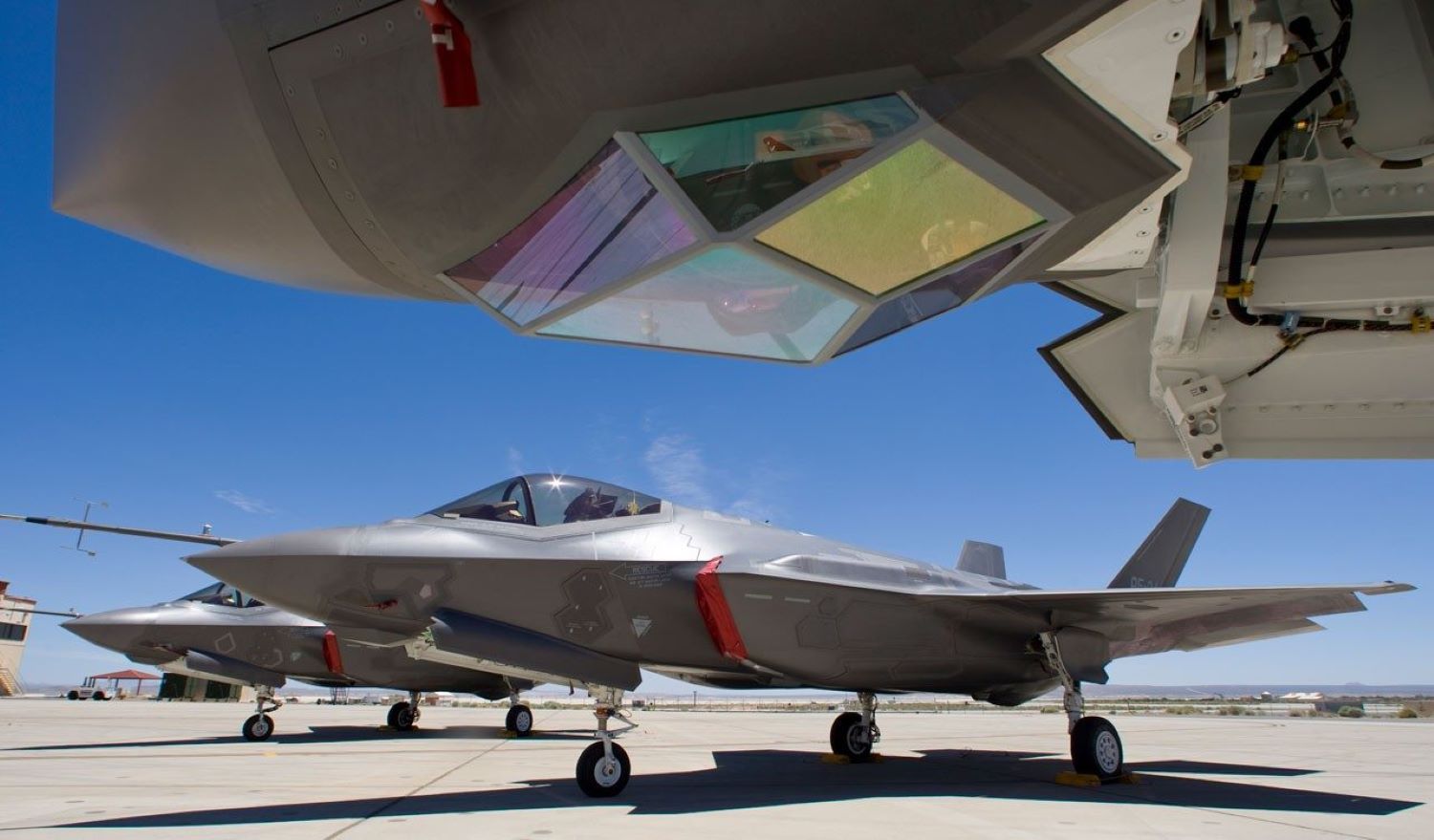
The recent crash of a new F-35 test jet in May 2024 has further compounded the already existing testing woes. Exclusive data shared with Breaking Defense underscores the magnitude of this setback, suggesting that the testing challenges facing the stealth fighter could intensify.
Representative Rob Wittman, a Republican from Virginia who chairs the House Armed Services tactical air and land forces subcommittee, articulated profound concern regarding the crash. He emphasized that while expanding F-35 test capacity is crucial for effecting fundamental transformations within the program, this incident underscores the urgent necessity of undertaking such expansion efforts without delay.




